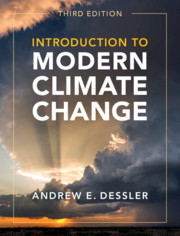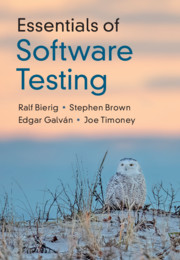Refine search
Actions for selected content:
36809 results in Cambridge Textbooks
Frontmatter
-
- Book:
- Yatdjuligin
- Published online:
- 16 August 2021
- Print publication:
- 25 August 2021, pp i-iv
-
- Chapter
- Export citation
16 - Caring for our Elders
-
-
- Book:
- Yatdjuligin
- Published online:
- 16 August 2021
- Print publication:
- 25 August 2021, pp 354-370
-
- Chapter
- Export citation
6 - Community controlled health services: What they are and how they work
-
-
- Book:
- Yatdjuligin
- Published online:
- 16 August 2021
- Print publication:
- 25 August 2021, pp 121-138
-
- Chapter
- Export citation
Index
-
- Book:
- Yatdjuligin
- Published online:
- 16 August 2021
- Print publication:
- 25 August 2021, pp 371-382
-
- Chapter
- Export citation
7 - Midwifery practices and Aboriginal and Torres Strait Islander women: Urban and regional perspectives
-
-
- Book:
- Yatdjuligin
- Published online:
- 16 August 2021
- Print publication:
- 25 August 2021, pp 139-168
-
- Chapter
- Export citation
3 - The cultural safety journey: An Aboriginal Australian nursing and midwifery context
-
-
- Book:
- Yatdjuligin
- Published online:
- 16 August 2021
- Print publication:
- 25 August 2021, pp 61-80
-
- Chapter
- Export citation
Introduction
-
-
- Book:
- Yatdjuligin
- Published online:
- 16 August 2021
- Print publication:
- 25 August 2021, pp 1-5
-
- Chapter
- Export citation
Foreword by Professor Christine Neville
-
- Book:
- Yatdjuligin
- Published online:
- 16 August 2021
- Print publication:
- 25 August 2021, pp v-vi
-
- Chapter
- Export citation
10 - Working with Aboriginal and Torres Strait Islander health workers and health practitioners
-
-
- Book:
- Yatdjuligin
- Published online:
- 16 August 2021
- Print publication:
- 25 August 2021, pp 207-235
-
- Chapter
- Export citation
14 - Cultural understandings of Aboriginal suicide from a social and emotional wellbeing perspective
-
-
- Book:
- Yatdjuligin
- Published online:
- 16 August 2021
- Print publication:
- 25 August 2021, pp 307-329
-
- Chapter
- Export citation
Acronyms and abbreviations
-
- Book:
- Yatdjuligin
- Published online:
- 16 August 2021
- Print publication:
- 25 August 2021, pp xxiii-xxvi
-
- Chapter
- Export citation
Acknowledgments
-
- Book:
- Yatdjuligin
- Published online:
- 16 August 2021
- Print publication:
- 25 August 2021, pp xxi-xxii
-
- Chapter
- Export citation
13 - Navigating First Nations social and emotional wellbeing in mainstream mental health services
-
-
- Book:
- Yatdjuligin
- Published online:
- 16 August 2021
- Print publication:
- 25 August 2021, pp 281-306
-
- Chapter
- Export citation
12 - Aboriginal and Torres Strait Islander quantitative research
-
-
- Book:
- Yatdjuligin
- Published online:
- 16 August 2021
- Print publication:
- 25 August 2021, pp 256-280
-
- Chapter
- Export citation
2 - A history of health services for Aboriginal and Torres Strait Islander people
-
-
- Book:
- Yatdjuligin
- Published online:
- 16 August 2021
- Print publication:
- 25 August 2021, pp 34-60
-
- Chapter
- Export citation

Introduction to Modern Climate Change
-
- Published online:
- 19 August 2021
- Print publication:
- 26 August 2021
-
- Textbook
- Export citation

Essentials of Software Testing
-
- Published online:
- 19 August 2021
- Print publication:
- 19 August 2021
-
- Textbook
- Export citation

Dispute Management
-
- Published online:
- 19 August 2021
- Print publication:
- 26 August 2021
-
- Textbook
- Export citation
Frontmatter
-
- Book:
- Introduction to Water Resources and Environmental Issues
- Published online:
- 26 November 2021
- Print publication:
- 19 August 2021, pp i-iv
-
- Chapter
- Export citation
6 - Groundwater
-
- Book:
- Introduction to Water Resources and Environmental Issues
- Published online:
- 26 November 2021
- Print publication:
- 19 August 2021, pp 167-186
-
- Chapter
- Export citation
